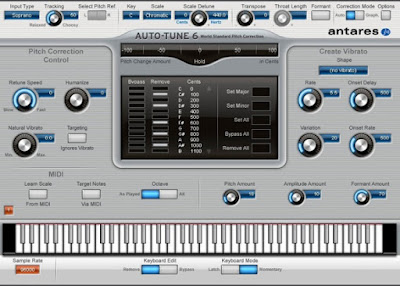

While Cher's song "Believe" has become famous for achieving the exaggerated Auto-Tune effect, it was not the first popular song to use it. It was widely imitated and became known as the "Cher effect".

In an attempt to protect their method, they initially claimed the effect was achieved using a vocoder. While Auto-Tune was designed to be used subtly to correct vocal performances, the "Believe" producers used extreme settings to create unnaturally rapid corrections in Cher's vocals, thereby removing portamento, the natural slide between pitches in singing. The American singer Cher (pictured in 1998) popularized Auto-Tune with her 1998 single " Believe".Īuto-Tune was popularized by Cher's 1998 song " Believe". Originally, Auto-Tune was designed to discreetly correct imprecise intonations to make music more expressive, with the original patent asserting: "When voices or instruments are out of tune, the emotional qualities of the performance are lost." Auto-Tune was launched in September 1997. Īccording to the Auto-Tune patent, the referred implementation detail consists, when processing new samples, of reusing the former autocorrelation bin, and adding the product of the new sample with the older sample corresponding to a lag value, while subtracting the autocorrelation product of the sample that correspondingly got out of window. Music engineers had previously considered autocorrelation impractical because of the massive computational effort required, but Hildebrand found a "mathematical trick" to overcome this, "a simplification changed a million multiply adds into just four". Hildebrand's method for detecting pitch involved the use of autocorrelation and proved superior to earlier attempts based on feature extraction that had problems processing certain aspects of the human voice such as diphthongs, leading to sound artifacts. Over several months in early 1996, he implemented the algorithm on a custom Macintosh computer and presented the result at the NAMM Show later that year, where "it was instantly a massive hit". Hildebrand conceived the vocal pitch correction technology on the suggestion of a colleague's wife, who had joked that she could benefit from a device to help her sing in tune. research engineer who specialized in stochastic estimation theory and digital signal processing. Auto-Tune was developed by Andy Hildebrand, a Ph.D.


 0 kommentar(er)
0 kommentar(er)
